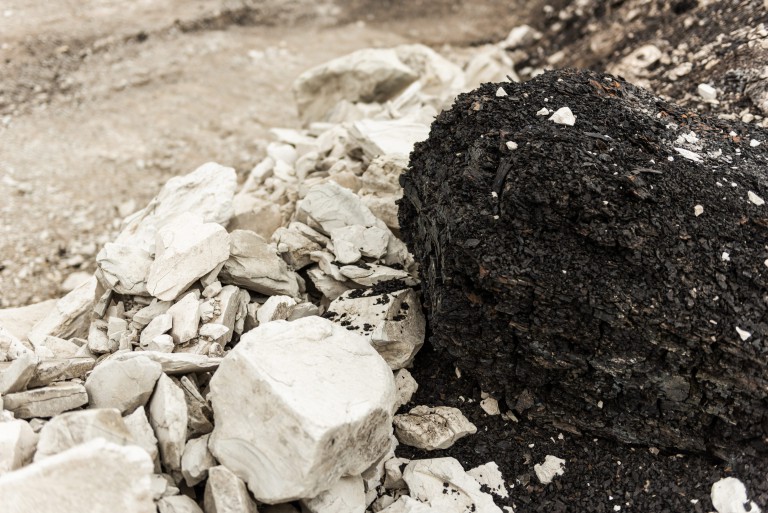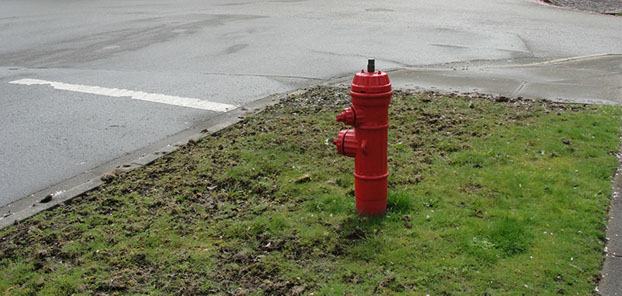What is a European Chafer?
The European chafer (Rhizotrogus majalis) was first discovered in the United States in 1940 when a grub was found in a nursery near Rochester, New York. European chafers are native to western and central Europe but have been reported in New York, New Jersey, Connecticut, Pennsylvania, Massachusetts, Rhode Island, Ohio, Michigan, Delaware, southern Ontario and British Columbia.
The European chafer is a very serious pest that affects turf, horticulture, and field crops. In fact, the European chafer is more damaging to home lawns and turf than the Japanese beetle. Unlike the Japanese beetle, however, the European chafer is not a problem in daily irrigated turf.
Adult European chafer beetles are tan in color and resemble a small June beetle. The larvae, or grubs, have C-shaped bodies and brown heads and can reach up to 1 inch (25 mm) long, when mature.
European chafer eggs hatch in mid-July. Mature grubs feed during the fall and are well adapted to the cool moist conditions. The grub remain within 2 inches (5 cm) of the surface of the turf, except when freezing conditions exist in which case they dig down further into the soil. The grubs feed throughout the spring until approximately April when they become pupae. In May, they emerge from the turf as adults and fly to nearby deciduous trees to mate and feed. Adult beetles are active at dusk and can be seen in groups in deciduous trees. They, however, do not cause any damage.
It is the European chafer grubs that cause damage. The grubs feed most heavily on grass roots from August to November and from March to early May. Even during the winter months, grubs may resume feeding during warm spells. They feed on all types of grass and may move into vegetable plantings and other crops, if they are in large numbers and food is scarce. The grubs prefer to feed on fibrous roots, and can damage ornamental and nursery plants by reducing their fibrous root system. While most of the damage is done by the grubs in the fall and early spring, it may not be noticed until drier weather results in the appearance of brown, dying patches of turf or other crops. In addition to the damage caused by the grubs themselves, further damage may be caused in the fall and winter by animals, such as skunks and birds, which will dig up the grass to feed on the grubs. While animals feeding on larvae may damage turf, it is also beneficial in that it helps to decrease the pest population.
How Can I Check for an Infestation?
In order to check for grubs, cut 3 sides of a 12 x 12 inch (30 x 30 cm) piece of sod to a depth of 2 inches (5 cm), and fold it back to count the grubs. Healthy, well-irrigated turf can withstand low levels of grub feeding however, in the case that more than 20 grubs are found, control may be warranted.
How Can I Protect My Yard and Garden?
In order to help protect your lawn mow it at approximately 2-4 inches (6- 9 cm) in height, as taller turf is less preferred by egg-laying female beetles, and is more drought tolerant. Do not re-seed until feeding is completed and grubs have pupated. Do not remove soil from infested areas and do not import plants form infested areas, as European chafers can be spread to new areas by movement of infested soil.
How Can I Eliminate an Infestation?
If an infestation occurs, certain pesticides are often helpful in eliminating the problem. These pesticides are best applied to non-frozen turf in the fall and early spring. Before applying, remove excessive thatch and irrigate the soil (if it is dry) to bring the grubs to the surface. After a treatment has been applied, water the treated area to move the product into the root zone.
Food grade diatomaceous earth is often used for insect control and can be an effective alternative to chemical pesticides. While the product is not registered for use against European chafer grubs, and has not been tested against them, pests with similar body types are often eradicated using DE. Last Crawl Insect DEstroyer Insecticide , when in direct contact with pests such as caterpillars and slugs will work to kill them by lacerating their bodies and dehydrating them. By applying DE under your turf or watering it into the lawn, you may be able to help kill European chafer grubs.
If your infestation is large or the problem persists, the help of a pest control professional may be the best solution.
Have you used Last Crawl Insect DEstroyer Insecticide to help eliminate a European chafer grub infestation? We would love to hear your story!
Image by CityCaucus


